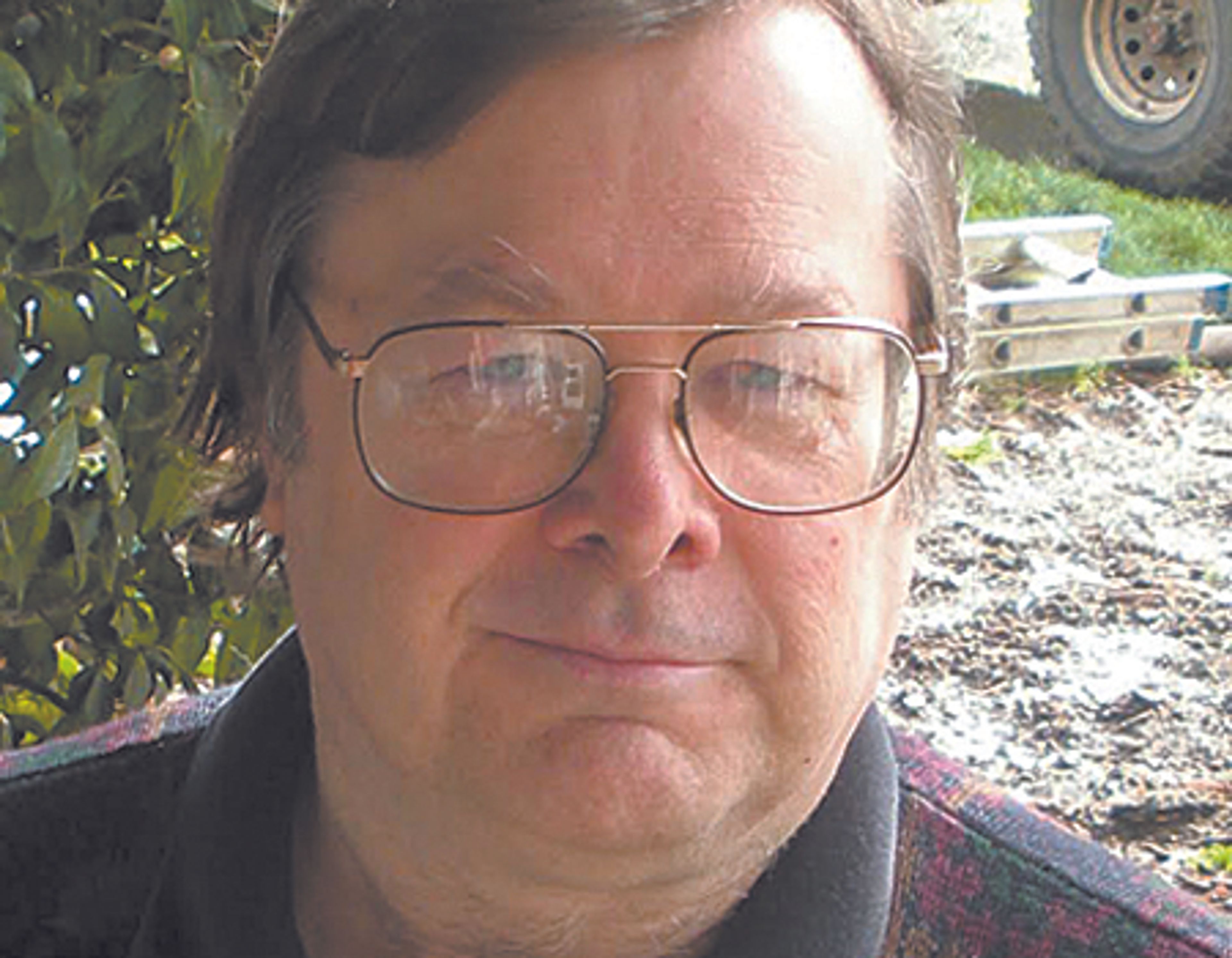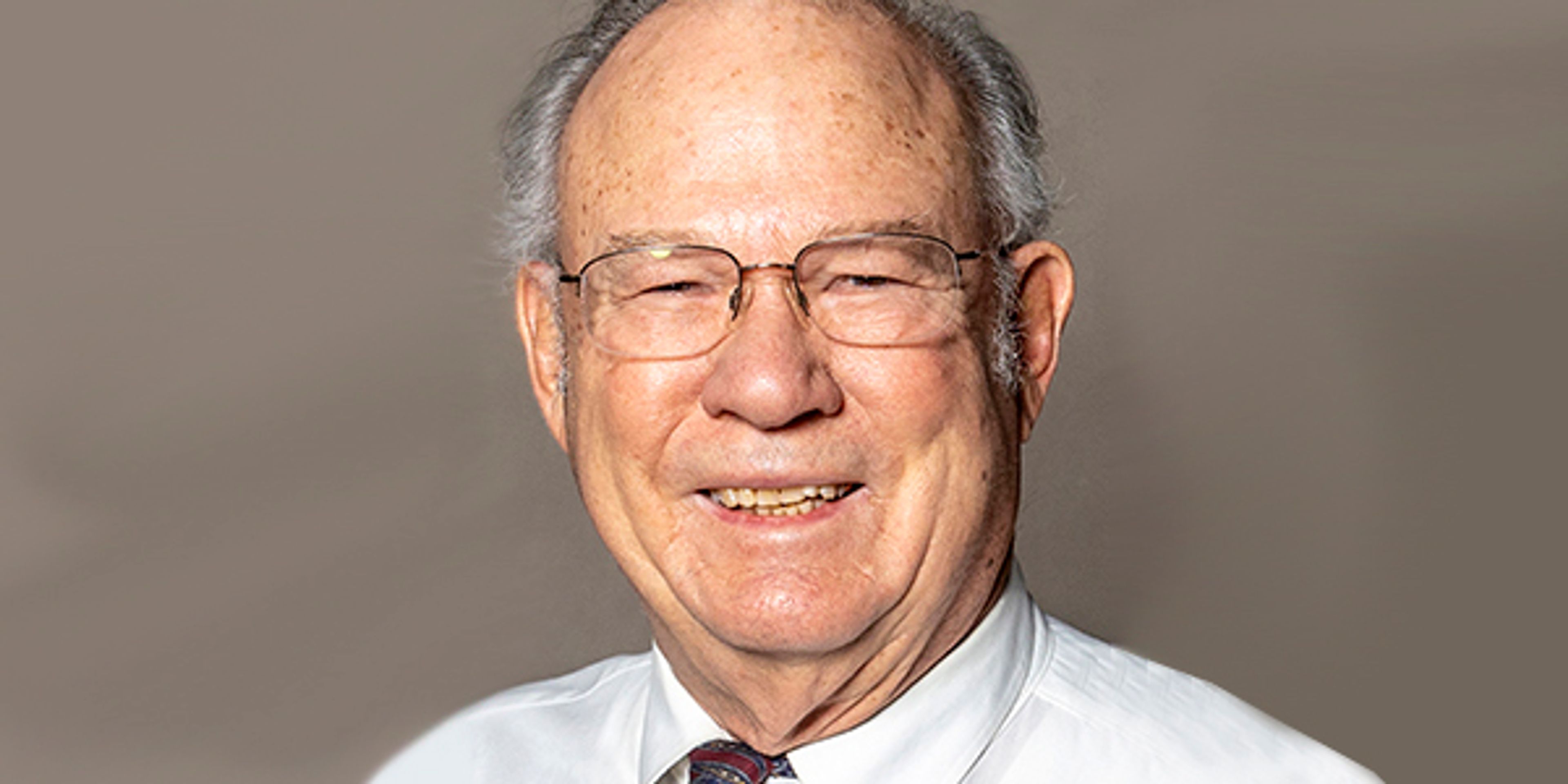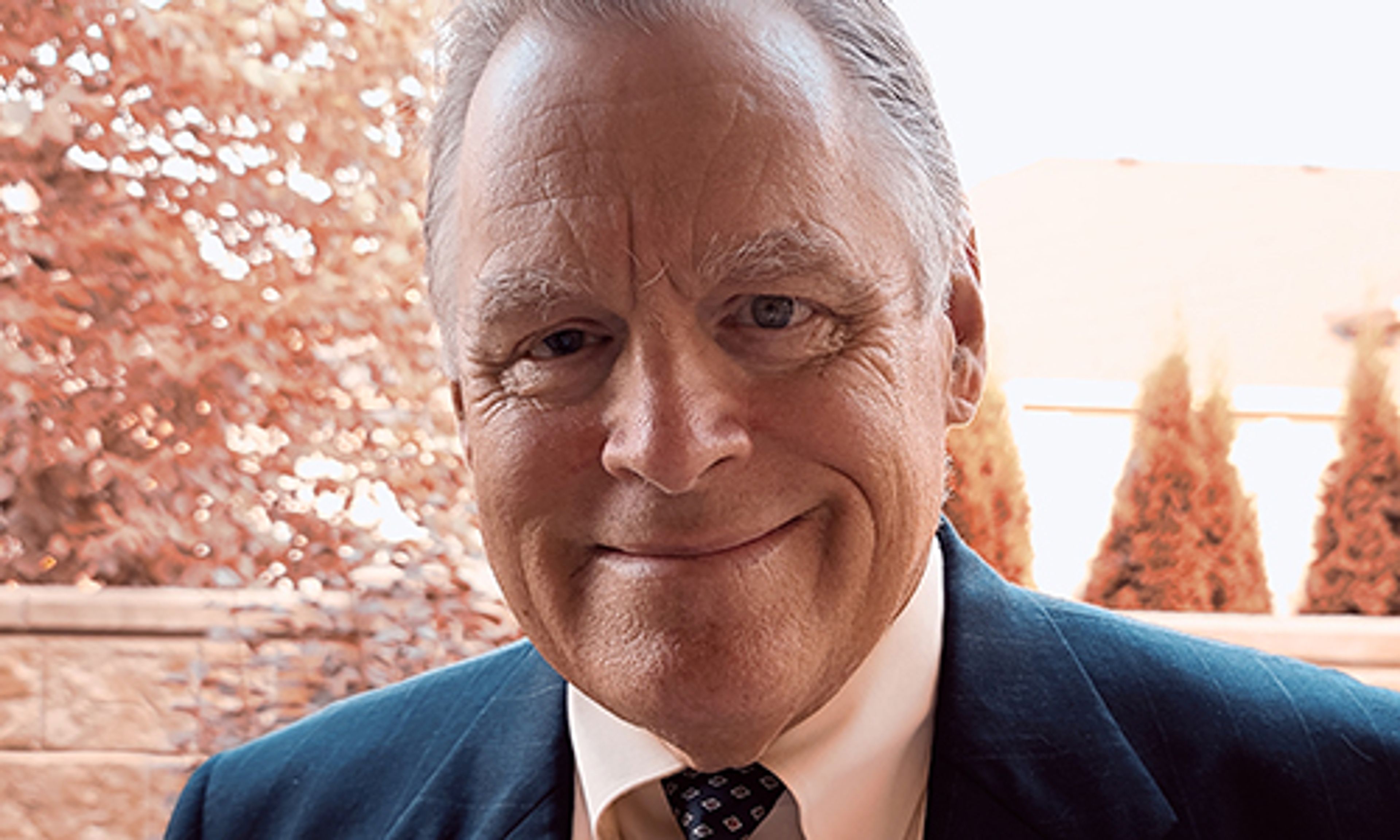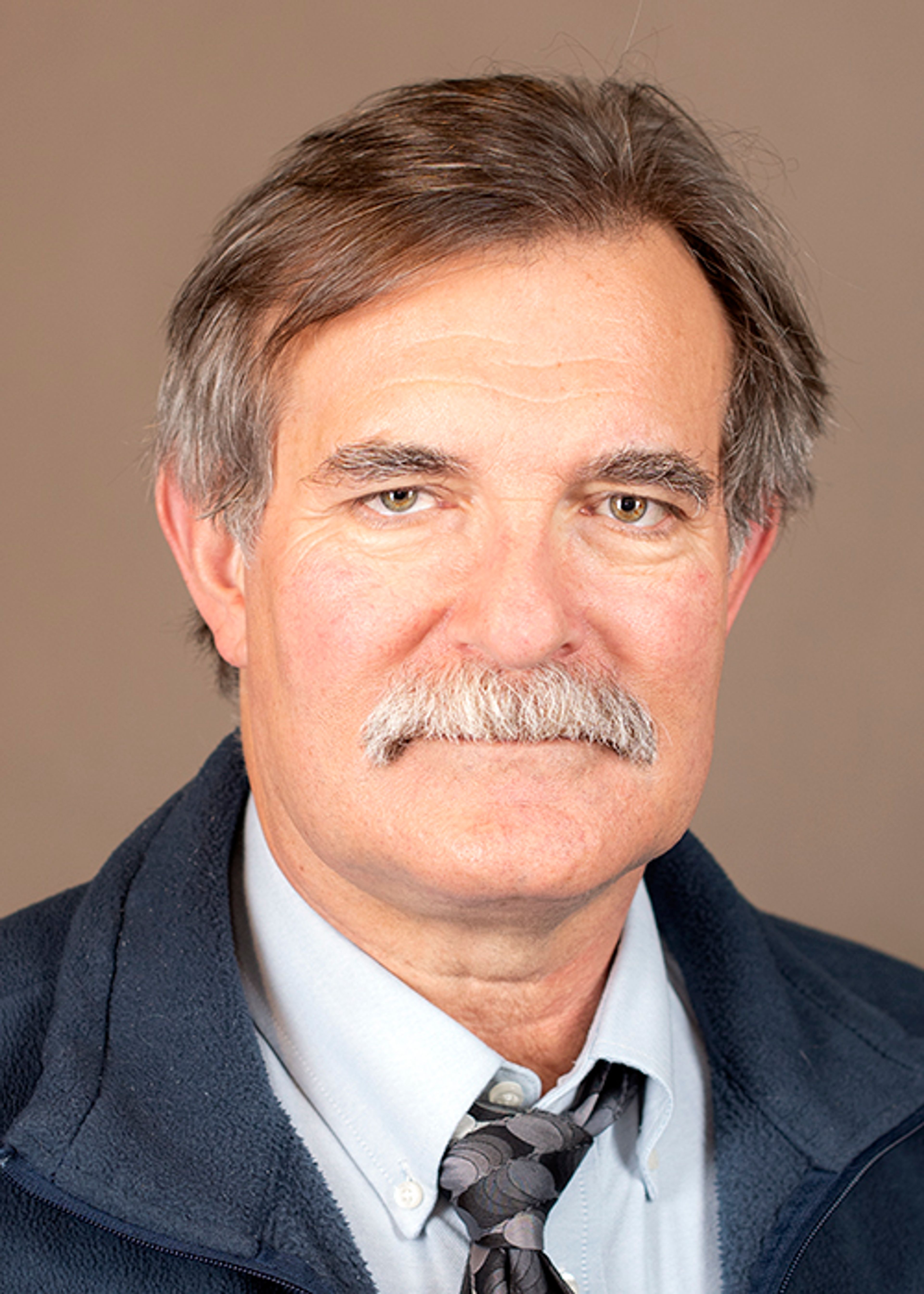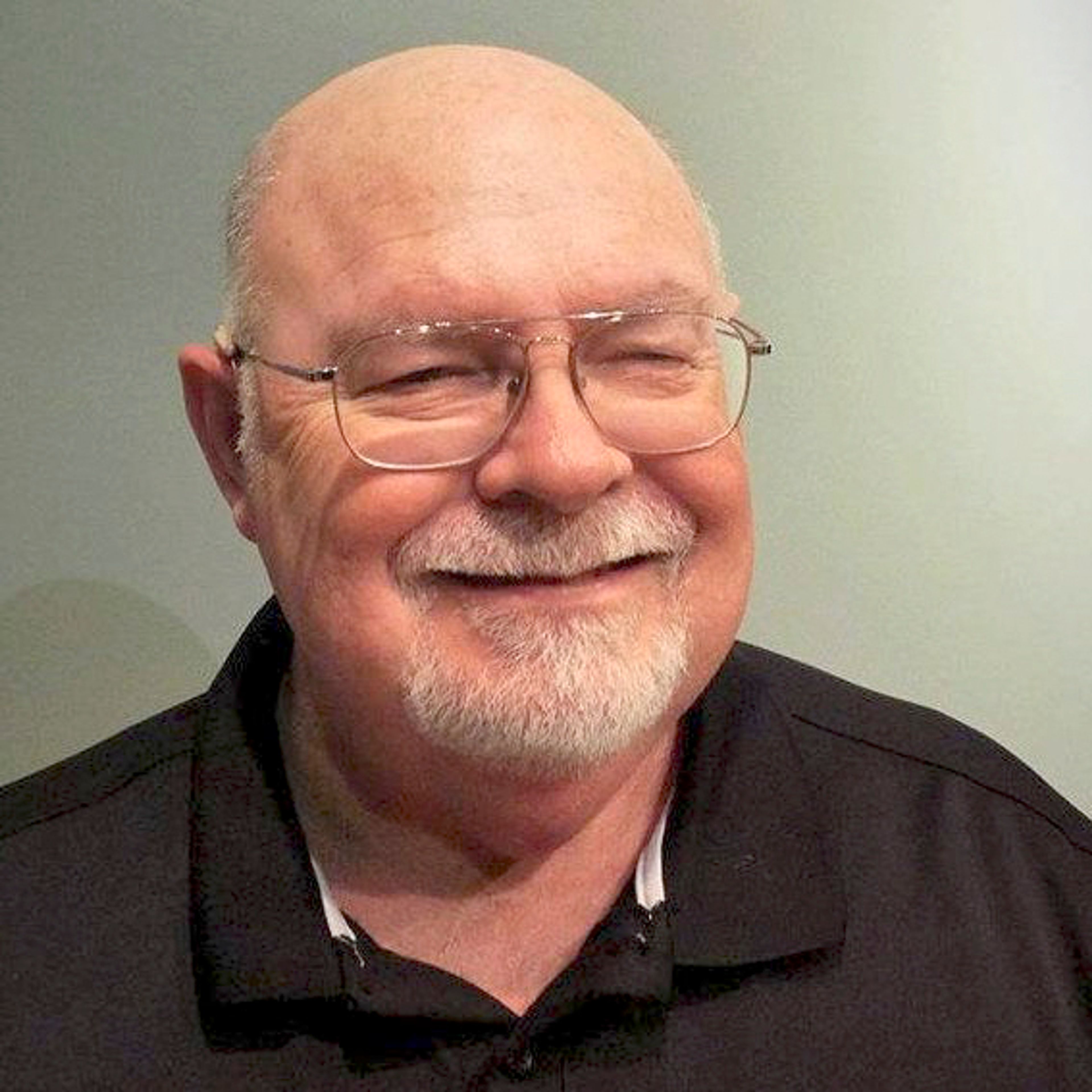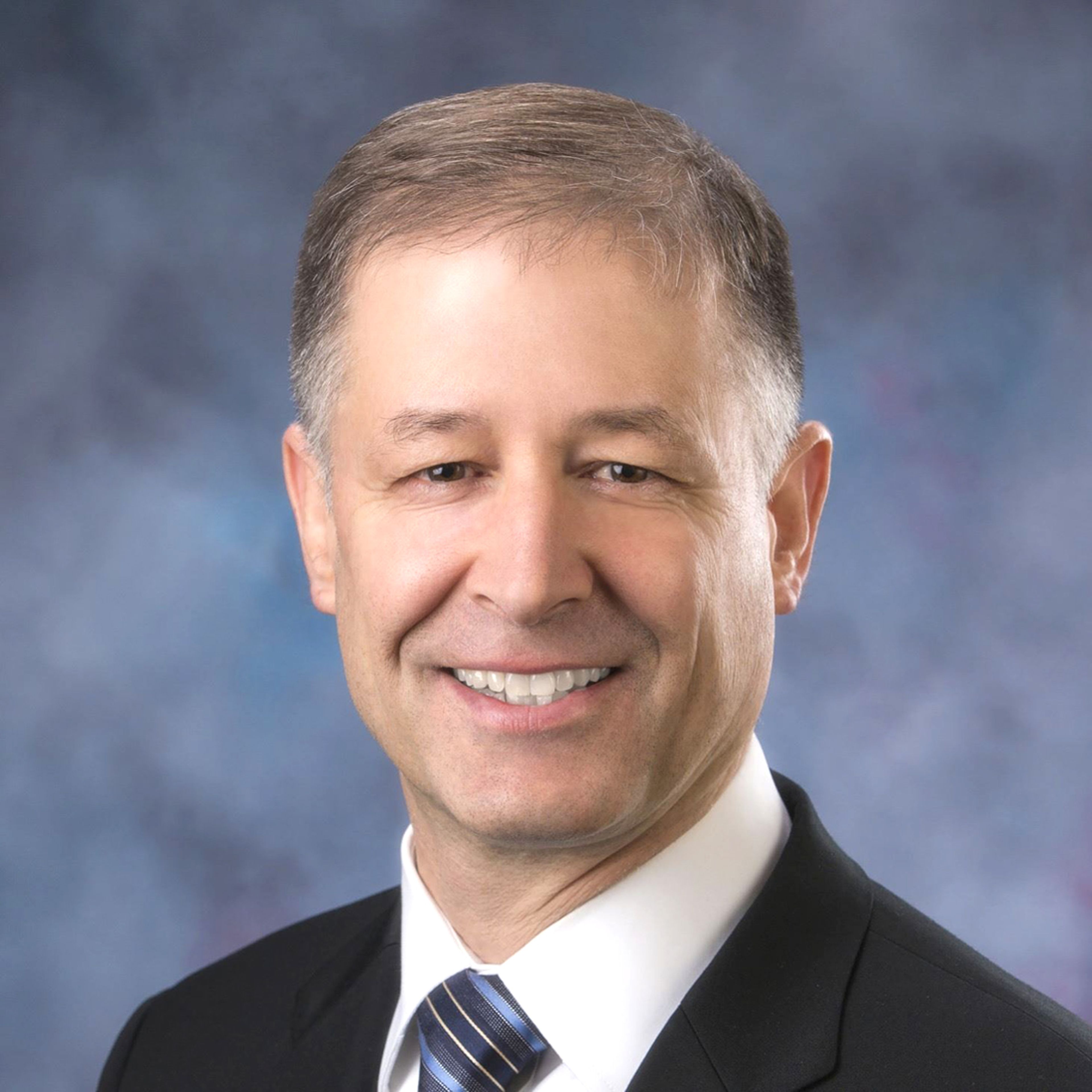Transgender people have been big in politics this year, in Idaho and nationally.
They became a top battleground focus of the winning presidential campaign (especially in television ads from the Donald Trump campaign in battleground states), and in the most recent Idaho legislative session they seldom went unremarked for long in heated debate. Transgender people have become a culture-war centerpiece in the state.
Idaho’s congressional delegation joined in the fray this month, “sending a letter today urging the Mountain West Conference to ban biological males from competing in women’s sports and protect biological female student-athletes.” This being such an obvious federal issue and all.
In September, Idaho Attorney General Raul Labrador joined in a letter from attorneys general around the country blasting the American Academy of Pediatrics (these are the leading professionals in health care for younger people) for their policy “Ensuring Comprehensive Care and Support for Transgender and Gender-Diverse Children and Adolescents.” A decision by a professional association so obviously meriting the use of state tax dollars ...
From all that, a visitor from afar understandably might think a massive crisis on this subject has suddenly arisen.
They would be wrong.
Before going further, answer in your own mind this question: How many transgender people — what share of the population — do you think there are in Idaho, and in the nation?
Compare what you just thought to these results in a survey of American adults by the polling firm YouGov: “The average response was 21%, or 1 in 5 Americans. This overestimate was not an outlier, as respondents consistently overestimated the size of other minority groups, guessing that 27% of people are Muslim (the reality is 1%), or that 41% of Americans are Black (the reality is 12% to 13%).”
OK, so what are the real numbers?
According to the Williams Institute in California, which has most thoroughly researched the subject, the nationwide number is about 1.6 million, well under 1% of the population.
In Idaho, the transgender number was about 7,000, or .52% — that’s just about .5% — of Idahoans. That’s in a state of two million people. The numbers in Idaho are well below the national stats, which are not massive to begin with.
The numbers are generally reported as skewing somewhat higher for younger people; attitudes toward gender issues may be a factor in how some people see and act on their gender identity.
Presumably, one hardball political calculation is that if you want to “otherize” a group of people for rile-up-the-base purposes, this is a group of people who are too small in size to cast many votes or exert much social influence. Of course, what would that say about beating up on people who can’t easily fight back?
It’s true that there are some legitimate subjects for discussion here. The issue of who should participate in gender-specific athletics is real and legitimate. I’ll not weigh in here specifically on whether the athletes complaining about transgender participation in their ranks have a case; maybe they do. But that ought to be qualified by individual cases.
Every one of these transgender people are stories unto themselves. The changes they go through as well as the results are different, on varying time frames and involving different physical realities. A transgender person in one case might in no way reasonably belong on a particular gendered team or group, while another might. Wouldn’t that suggest the smarter way to go would involve addressing these issues case by case, with the specific facts at hand, rather than in making a sweeping judgment?
If the numbers involved were really large, you might argue that broad rules are needed. But the numbers aren’t all that large. The Williams Institute and others have estimated that about 1,000 Idaho teens are transgender.
In general, a case-by-case approach probably is going to yield the best and fairest results. Doing it that way would, of course, result in less raw meat for the political and anger/fear social media grinders, but ... wouldn’t that be a good thing?
There’s no cause for panic here, however extreme an emotional response political ads — and some politicians — might try to induce.
Stapilus is a former Idaho newspaper reporter and editor who blogs at ridenbaugh.com. He may be contacted at stapilus@ridenbaugh.com.
